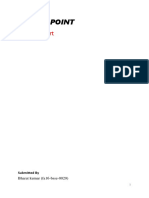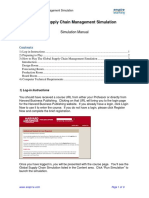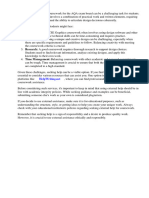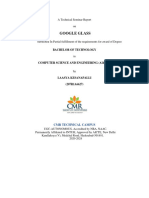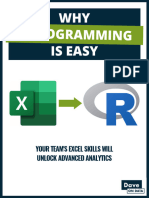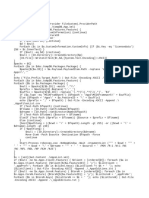0% found this document useful (0 votes)
67 views5 pagesBudget Tracker Web Application
The document outlines a project plan for developing a full-stack budget tracker web application, detailing its scope, objectives, functional and non-functional requirements. It employs an Agile methodology with iterative development, user feedback, and a structured testing plan to ensure quality and performance. The project is scheduled over three months, with specific timelines for each phase, aiming for a user-friendly interface and effective financial management tools.
Uploaded by
siddeeqgemCopyright
© © All Rights Reserved
We take content rights seriously. If you suspect this is your content, claim it here.
Available Formats
Download as PDF, TXT or read online on Scribd
0% found this document useful (0 votes)
67 views5 pagesBudget Tracker Web Application
The document outlines a project plan for developing a full-stack budget tracker web application, detailing its scope, objectives, functional and non-functional requirements. It employs an Agile methodology with iterative development, user feedback, and a structured testing plan to ensure quality and performance. The project is scheduled over three months, with specific timelines for each phase, aiming for a user-friendly interface and effective financial management tools.
Uploaded by
siddeeqgemCopyright
© © All Rights Reserved
We take content rights seriously. If you suspect this is your content, claim it here.
Available Formats
Download as PDF, TXT or read online on Scribd
/ 5
